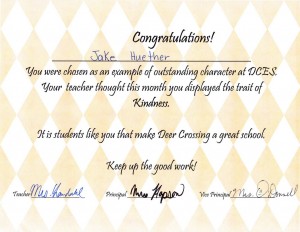I just finished reviewing a 42 page Statement of Work (SOW), which at some point will become the basis of dozens of (if not more) proposals, which will result in the award of a contract. If there was ever a time I would want to guard myself against zombie infiltration, the procurement cycle would be it. But at some point, zombies will get involved. In an attempt to be thorough (yet entertaining and brief) let's focus on the Project Procurement Management processes: Planning, Conducting, Administering, and Closing.
Planning
The process of documenting project purchasing decisions, specifying the approach, and identifying potential sellers.
Conducting
The process of obtaining seller responses, selecting a seller, and awarding a contract
Administering
The process of managing procurement relationships, monitoring contract performance, and making changes or corrections as needed.
Closing
The process of completing each project procurement.
I pulled these from Chapter 12, Page 313 of the PMBOK Guide 4th Edition
For the sake of brevity, I am not going to tell you the right or wrong way to manage procurements. I'm not a procurement specialist. So instead, since it's Festivus, I'm going to air grievances.
Procurements involve currency. That means that if it is your money being spent, you want to get as much value for your money as possible. It also means that if it is not your money being spent, zombies seem to be drawn to procurements more than brains. Don't ask me to provide a metric for this. Just trust me.
In 15 years, I can not say I've witnessed any zombie activity at the planning stage. Then again, I've never seen a unicorn either but I'm not saying they don't exist. Perhaps the zombies defer to the humans at this early stage. But the further along in the process, the more zombies seem to appear. If you really want to see a zombie swarm, add a purchasing card into the mix. Somehow, purchasing card usage can actually accelerate human-zombies transformations.
Opportunistic Procurement Zombie
Let's say a zombie needs a new computer because its current one died. I know, ironic. The undead having something die. Anyway, it gets on the phone with someone willing to sell a new shiny computer. If the boss fails to establish a budget or specific specifications for the replacement device, there's a pretty good chance the zombie is going to order much more than really needed. Good planning in this case, can cut down on zombie purchasing.
Entitled Procurement Zombie
Back in the day, working as a hardware consultant for a few federal programs, I witnessed a strange sense of entitlement. When it comes to zombie to human ratios, I've seen way more zombies on September 30th of each year than on any Halloween. These zombies, to ensure their program budgets will be equal or greater than the year before, go on a wild spending spree every September 30th (end of the fiscal year). I knew a colleague who worked for a zombie on a federal program. He was given a purchase card and instructed to contact Dell and order as many laptops as possible until he had spent "X" dollars. He was they instructed to ask them to not ship the laptops because the program had no need for them and nowhere to store them.
If you enjoyed the post great! If not, I will challenge you to a feat of strength.
Like the image? Find it at Pictofigo








